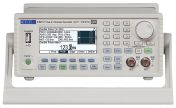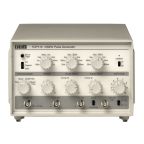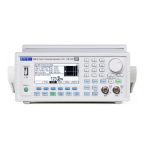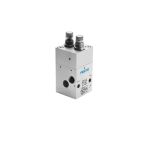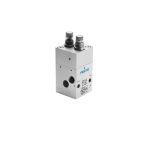Pulse Generators
What is a pulse generator?
Pulse generators are electrical test equipment used to generate pulses that are injected into devices under test in order to study the behaviour of these devises
Pulse generators are used to provide pulses for use in various electronic applications. Although most products are voltage sources, current pulse generators are also available. In addition to injecting pulses into the device under test, pulse generators that also function as digital delay generators can be used as a stimulus or clock signal. For example, pulse generators that work as digital delay generators can be used to drive lasers, modulators, or optical components. Pulse generator outputs can also produce the modulation signal for a signal generator, an electronic device that generates repeating electronic signals in either analogue or digital form.
Functions and capabilities
• Rectangular wave generation: designed to produce pulses that are rectangular in nature, often capable of driving logic circuitry, although they are not necessarily confined to just this type of application.
• Pulse width: the pulse width can be varied to produce a variety of waveforms
• Repetition rate: repetition rate is a key parameter. When used in a "free run" mode, the repetition rate can be varied.
• Pulse trigger: using an external waveform, it is possible to trigger the pulse generator. Pulse triggering can normally occur on either the negative or positive edge via a selection switch.
• Pulse delay: when a pulse is triggered it is normal to be able to select a delay for the pulse from the pulse generator. This delay is adjustable.
• Pulse amplitude: although the pulse amplitude will normally be required to drive logic circuits, the amplitude is normally adjustable.
• Pulse rise and fall times: for some applications it may be necessary to be able to adjust the rise and fall times of the logic outputs.
Pulse generators may use either digital or analogue techniques, or both. Elements such as triggering and the pulse generation will almost certainly utilise digital technology, but aspects such as the rise and fall time control on the pulse generator are likely to use analogue techniques.
Multichannel pulse generators are also available and can produce several channels of pulses with independent pulse widths and delays with independent outputs and even independent polarities.
